Surprising Development: UN Approves Gaza Ceasefire Resolution as US Abstains
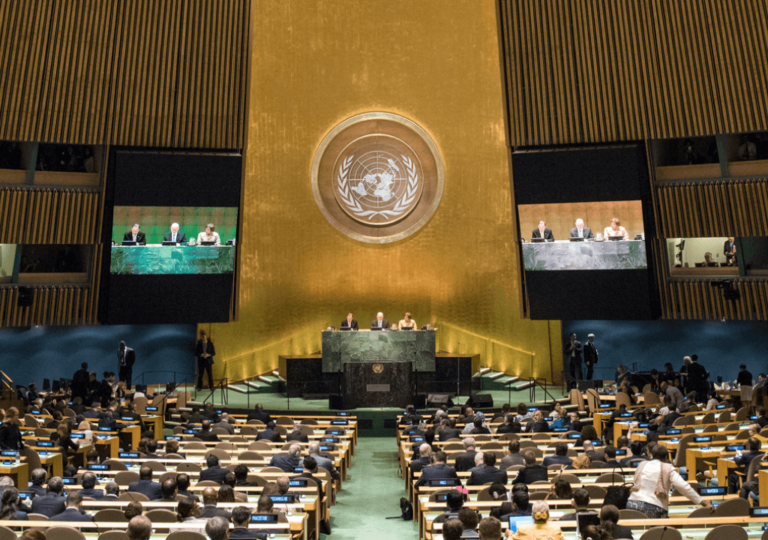
Amid Gaza crisis, US abstains from UN ceasefire vote, signaling diplomatic shift. Israel faces international isolation despite US partnership assurances

Amid Gaza crisis, US abstains from UN ceasefire vote, signaling diplomatic shift. Israel faces international isolation despite US partnership assurances
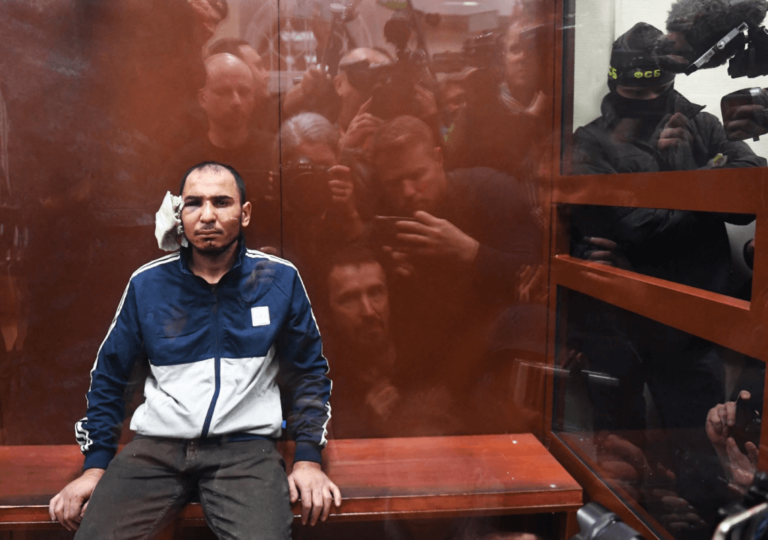
Four Tajikistan citizens face custody over Moscow concert hall attack, spotlighting Central Asian extremism's rise amid socioeconomic challenges, risking regional stability.
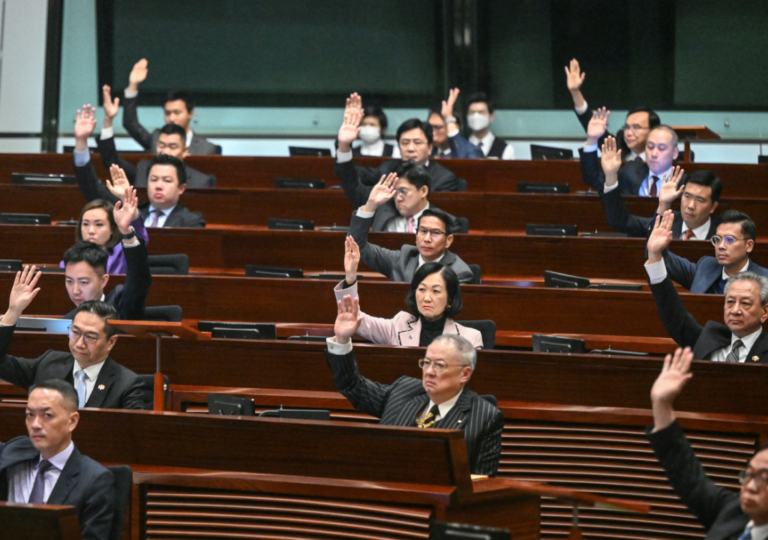
Hong Kong's swift ratification of the National Security Law sparks global concern, signaling a shift towards authoritarian control and jeopardizing residents rights.
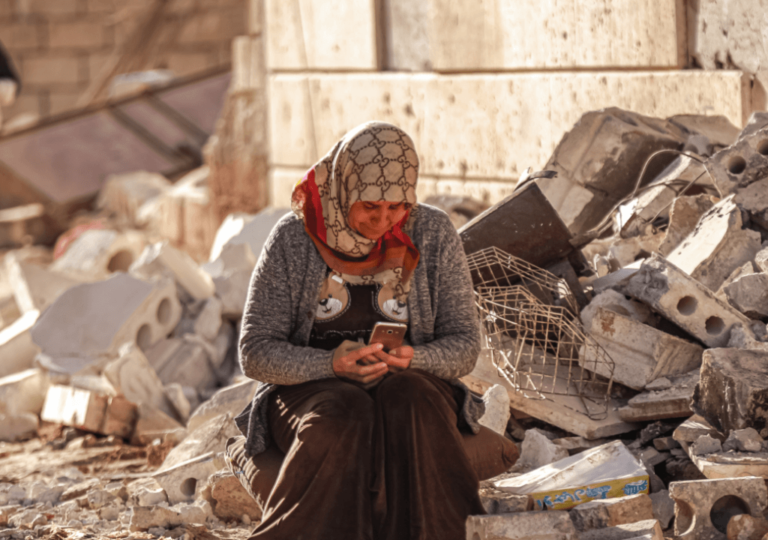
Syria's enduring conflict, now in its thirteenth year, devastates the nation, causing massive displacement and resisting resolution.
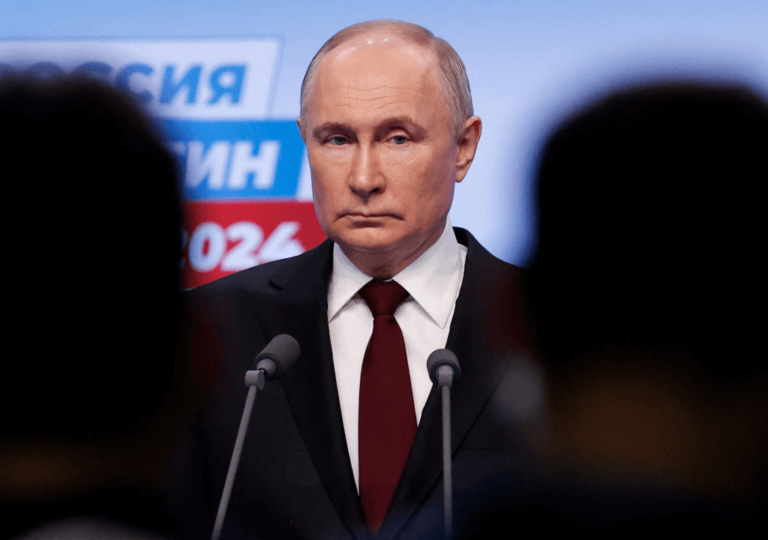
"The Dictator" scene mirrors Russian election: Putin's orchestrated triumph amid protests, disqualifications, and fears of extended authoritarian rule.
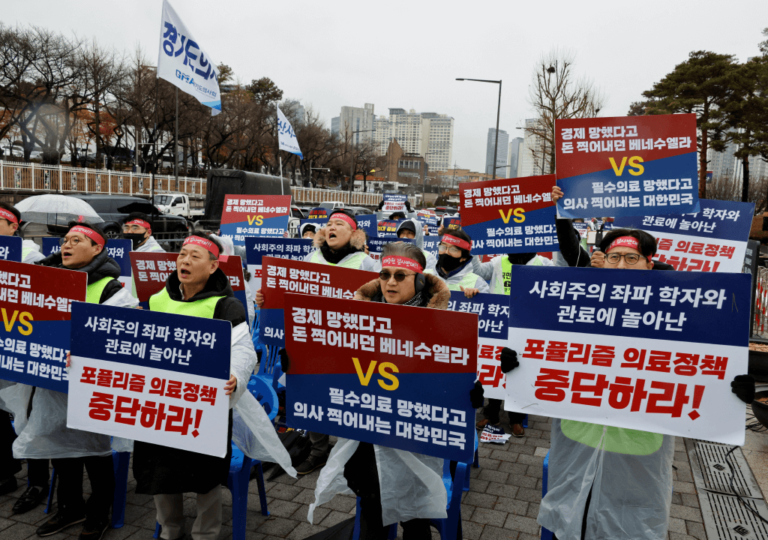
President Yoon's response to a doctor's strike reshapes public opinion, potentially aiding his party's electoral prospects amid healthcare turmoil.
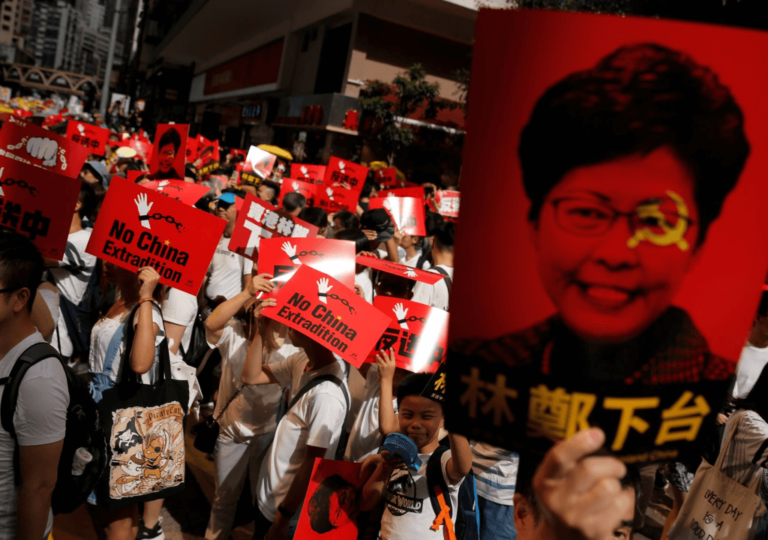
China stifled Hong Kong protests, introducing stringent security laws. Lawmakers rush to pass laws amid international concern over human rights.

Nations scientific rivalry drives progress; from aircraft to space exploration. China's rise reshapes tech landscape, while concerns and ambitions intersect.
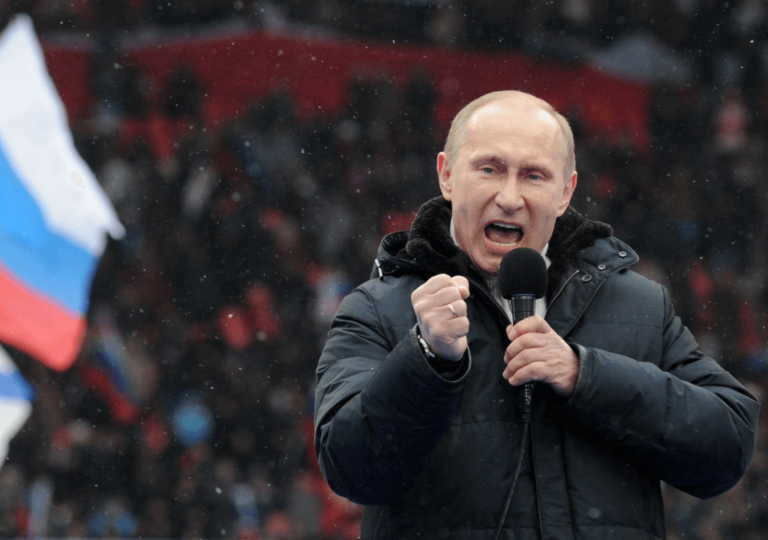
Putin's grip tightens as Russia readies for election amid opposition crackdown. Navalny's death sparks outrage, but Putin remains poised for victory.

Young Indian girls' disappearance links to BTS fandom, revealing Korea's cultural surge globally, challenging US dominance in entertainment markets.